How Poland hijacked the history of the Holocaust
Poland is the place where the Holocaust was perpetrated; it’s here, on pre-war Polish territory, that close to five million out of six million Jews were put to death. But it’s there that the story of the German genocidal project has been whitewashed.
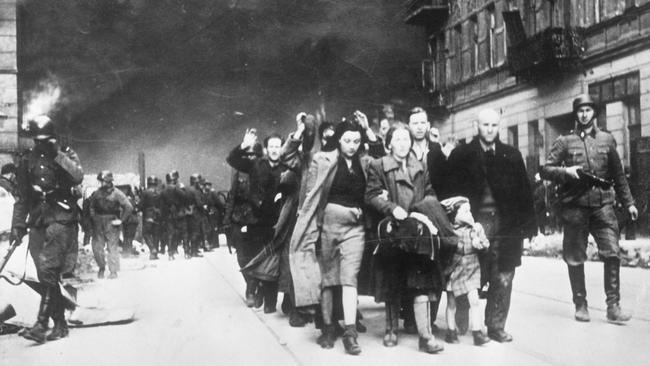
Poland is the place where the Holocaust was perpetrated; it’s here, on pre-war Polish territory, that close to five million out of six million Jews were put to death. Out of three million Polish Jews who – at some point – found themselves under German occupation, fewer than 30,000 survived the war. Nowhere else in Europe was the Holocaust so complete, so total; nowhere else did the destruction of the Jewish people proceed with such nightmarish perfection.
Poland is where the Germans established all the extermination camps: Auschwitz, Treblinka, Chelmno, Sobibor, Majdanek and Belzec. This, in turn, imposed on Polish society and the Polish state a unique obligation of memory, a duty of caring for the spaces of horror and for the symbolic commemoration of one of the greatest human catastrophes in history. That’s why Poland, despite itself, has become a reluctant custodian of the memory of the Shoah.
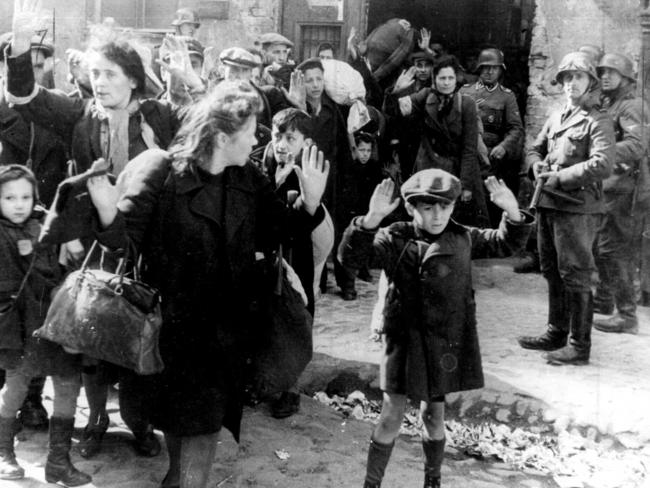
Unfortunately, the politics of memory pursued and enforced in Poland are best described nowadays as Holocaust distortion. Unlike Holocaust deniers of yesteryear, states, institutions and people engaged in Holocaust distortion freely admit the Germans murdered six million European Jews. What they refuse to acknowledge is that their people, their nation, had something to do with the event, that their ancestors took part in the German genocidal project.
Holocaust distortion (or negationism) is a particularly insidious threat to our collective memory as it is partially based on truth: no one denies, for instance, that some gentiles helped Jews. The negationists insist, though, that helping Jews was the default position of their nation. They claim Polish society did all it could to save its Jewish co-citizens in their moment of need.
In Poland, it means shifting the entire blame to the Germans, regardless of the level of complicity of local gentiles. It was best summed up by Polish writer and historian Kazimierz Wyka who, shortly after the war, referring to the massive amount of Jewish real estate left in the hands of the Poles, wrote: “For the Germans, all the blame. For us – the keys and the cash.”
Deflecting and distorting the history of the Holocaust allows governments today to construct a new, positive and usable narrative.
People and institutions engaging in Holocaust distortion tend to elevate the wartime suffering of their own national group to the desired “Jewish” level, a phenomenon known as Holocaust envy.
Lawfare
Polish state institutions, memorial museums, travelling exhibitions, school curriculums and government-organised non-governmental organisations all repeat the same message of Polish national innocence during the Holocaust. Those who fail to understand, or reject the official narrative of the state, may face laws intended to enforce obedience.
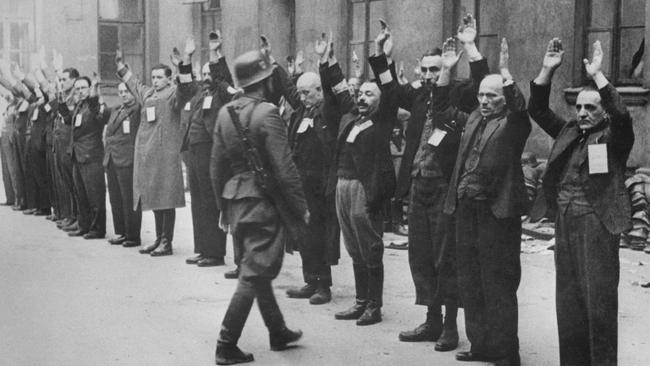
In January 2018, the Polish parliament voted in the so-called Polish Holocaust Law which, among other things, threatened those who “blamed Polish society for crimes committed by the Nazi Third Reich” with prison terms of up to three years. Perceived as a threat to further study of the Holocaust and an assault on the memory of one of the greatest crimes in human history, the passage of the bill raised protests around the world.
On June 27, 2018, in the face of international indignation, the Polish government withdrew the criminal provisions of the bill. Mateusz Morawiecki, then the Polish prime minister, said in the parliament: “Those who claim that the Polish nation, or the Polish state, bears responsibility for the crimes of World War II should – of course – be in prison. But we have to act bearing in mind international realities.” He assured the parliament that the Polish state still had enough tools at its disposal to inflict pain on offenders – especially through civil litigation. The new bill made it easier for non-government organisations to take civil action against “slanderers of the good name of the Polish nation”, and such lawsuits could henceforth be filed free of court fees.
Massive resources of the state have been committed to reinforcing the myth of Poles rescuing Jews, both for internal consumption and for international use. The results, unfortunately – from a historian’s point of view – were encouraging for the state. The polls confirmed it again and again.
Over the years, Poles have been asked a question: “Who suffered more during the last war, the Jewish or the Polish nation?” In 1992, 46 per cent of those polled replied that Jews suffered more. By 2021, this opinion was shared by only 28 per cent of respondents. The percentage of those who thought both nations suffered equally grew steadily: from 32 per cent in 1992 to a stunning 71 per cent in 2021.
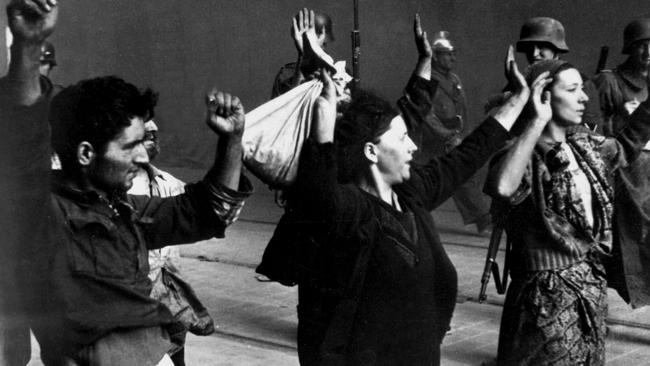
Professor Marek Kucia, a sociologist at Jagiellonian University in Cracow, has been researching these issues for decades. In 2021 he found that 84 per cent of Poles were convinced that their ancestors, under the occupation, helped the Jews “as much as they could”. That 99 per cent of Polish Jews died in the Shoah does not seem to bother people any more.
The triumphant march of negationism comes with a hefty price tag that should have us all concerned. According to Kucia’s studies, 55 per cent of Poles said “Jews have too much influence in the world” and 19 per cent claimed “war was a horrible thing, but it is good that as a result we do not have as many Jews in Poland as we used to have”. This opinion was shared by every fifth person polled in 2021, in a country that, three generations earlier, was the killing ground for five million out of the six million victims of the Holocaust.
Indifference was impossible
Poland was ground zero of the Holocaust; it is where Jews slated for death were brought from across occupied Europe. More important, the Germans were not simply “delivering” Jews to the extermination camps. First, they had to force millions of starving men, women and children out of their homes, then herd them into the cattle cars and, finally, drag them into the gas chambers. Each step of the way, the Jews were likely to resist. Unlike the Jews of Western Europe, Polish Jews were aware early on of the real meaning of the term “deportations to the east”. To terrorise the Jewish masses, to cow them into submission and break their will to resist, the liquidation actions (known in German as Aktionen) were conducted with unprecedented brutality. The streets of Polish cities quite literally ran with blood as Jews living in the ghetto were murdered there or on the way to the nearest railway station.
During the Aktionen, around 10 per cent of Jews, or close to 250,000 people, fled the ghettos and went into hiding on the “Aryan side”. Fewer than 30,000 survived until liberation. The fate of the remaining 220,000 was settled, in the great majority of cases, by the decisions of Polish gentiles. There were Polish voluntary firefighters who joined the Germans in looking for hidden Jews, and there were Polish Blue Police who went hunting for Jewish survivors once the German forces left the liquidated ghettos.
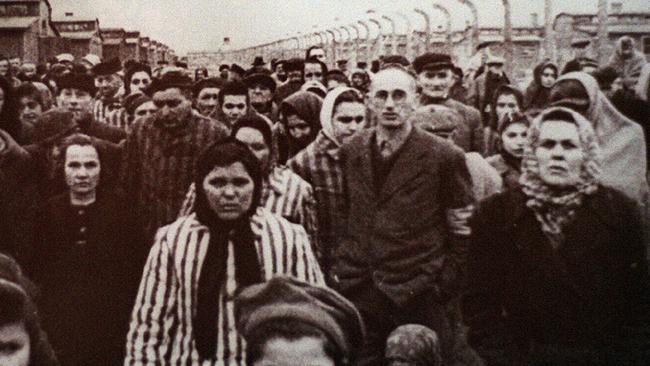
And there were crowds of “bystanders”, uncounted thousands of them, who entered the ghettos looking for loot – and for hidden Jews, who could fetch a good price.
Most ghettos in Poland were open, with the gentile population living virtually next door to their Jewish neighbours. Sometimes separated by nothing more than barbed wire or a flimsy fence, the Poles had a first-hand view of the genocide. Once the liquidations began, some closed the curtains and pretended not to see. Some joined the Germans and started to hunt down Jews who holed up in ingenious hideouts inside the ghettos. Still others eyed with interest the houses and apartments that had now become available.
And very few, very courageous people tried to offer meaningful help to the dying.
What really happened in Markowa
In 2016, the Markowa Ulma-Family Museum of Poles Who Saved Jews in World War II opened for business. Markowa is a village in southeast Poland where the Germans, in March 1944, murdered the Ulmas – a Polish family of eight – and two Jewish families who were hiding in their house. The Ulmas were denounced by their neighbour, a member of the collaborationist auxiliary Polish police. The courage and ultimate sacrifice of the Ulma family have been well documented and is at the heart of the museum’s exhibition.
But the museum is a much more ambitious project. Going beyond the Ulmas, it showcases the rescue efforts of Polish society across the entire Podkarpackie region, a vast area in southeast Poland. It stresses the huge involvement of the Catholic clergy, the brave deeds of the Polish resistance and, of course, the selfless sacrifice of the masses of Polish “bystanders” who saved their Jewish neighbours during the Holocaust. In short, the Ulma museum can be best described as a model of Holocaust distortion, where the courageous act of the few are shown as the moral choices of the masses.
Holocaust distortion thrives on omission, half-truths and lack of context, leaving us with a deeply flawed historical narrative.
Markowa, for instance, was a large village of about 5000 people where the “Final Solution of the Jewish Question” was executed by the locals, without any Germans present in the area. The concentration and transportation of the local Jews to the nearest German collection point (several kilometres distant) was done by their Polish neighbours. The vast majority of Jews refused to report to the assembly point as ordered and fled into the nearby woods. That’s when the manhunts began. Day after day, week after week, month after month, local Polish firefighters and armed peasants combed the woods looking for the fugitives. Whenever they found any, they robbed them, beat them and delivered them to the Germans for execution. Sometimes the locals raped Jewish women and killed the men without any German assistance.
Unsurprisingly, the museum in Markowa has nothing to say about this aspect of Polish–Jewish relations during the war. The museum is there to convey a message of friendship, sacrifice and virtue.
To understand what really happened in Markowa, and why the choices of people such as the Ulma family were unique, we need to listen to the voices of the few survivors. Voices that cannot be heard in the museum in Markowa.
Mosze Weltz, for instance, was hiding close to Markowa. After the war, he wrote in testimony presented to the Central Jewish Historical Commission in 1947: “Some of the Jews escaped, some hid in the bunkers. The Poles knew about it and they organised, on their own, a hunt for the Jews, in order to rob them and to murder them. In Markowa, a village close to Lancut, the Poles found 28 Jews and they killed them. They took everything, they even pulled out golden teeth from their victims. Antoni Cyran was the leader of the posse. He took over the Jewish real estate and today he still lives in the same village. In Markowa there is a grave where 200 Jews from that area were buried, all shot by the Poles.”
In light of such testimonies, the issue of rescuing the Jews in Markowa (and elsewhere) acquires a very different meaning. Hiding Jews was, no doubt, the most dangerous of all kinds of underground resistance activities. But the real threat was not the Germans – stationed kilometres away and largely clueless as to the whereabouts of the Jews – but one’s own neighbours, who took part in manhunts or were ready to denounce rescuers to the authorities.
In Poland, during the war, hiding the Jews was so dangerous precisely because there was no social permission to engage in it. This essential part of the historical context is sadly missing from the Markowa museum. No Jewish voices can be heard there.
What we see in Markowa is no longer an account of history but the myth of “Righteous Defence” deployed to safeguard the historical innocence of the nation.
Markowa museum is not a stand-alone operation; it is part of a larger memorial offensive. There are the Righteous Poles with medals, the Jews grateful for their rescue, and the German reprisals. The museum, which (to believe its name) should cover the martyrdom of Polish villages, is one more sweet, patriotic, myth-based account of Polish innocence during the war.
The Holocaust is not a part of our history
For many people in Poland, death camps had nothing to do with their history and no relation to Polish society. As alien artefacts, these spaces were something without any link to, and relevance for, the national past.
My attempts to argue that three million Jews murdered in the Holocaust, in these camps, were Polish citizens – that this alone made it a crucial part of Polish history – are dismissed as irrelevant. The issue of Polish complicity in the implementation of the Final Solution, the scale of theft of Jewish property, the thousands of well-documented murders of Jews at the hands of the Poles, the deadly efficiency of Polish collaborationist police, the enormous scale of denunciations, all these difficult questions continue to be taboo.
This disassociation from the event takes truly bizarre forms. Polish state museums, like all state institutions in Poland, have an internet domain ending with the letters pl. There is one exception: the museums attached to the former death camps have generic eu, or org domains: Majdanek.eu, Sobibor-memorial.eu, Belzec.eu, Muzeumtreblinka.eu and Auschwitz.org. Poland has nothing to do with the camps, we are being told. It goes further. In 1939, soon after the conquest of Poland, the Germans rebaptised Lodz, the second-largest city, as Litzmannstadt to honour Karl Litzmann, a World War I general and Nazi politician. They also established in Lodz the second-largest ghetto, prison to 200,000 Jews. Today, the authorities insist on calling the Lodz Ghetto the Litzmannstadt Ghetto, perpetuating the Nazi nomenclature.
There is more. Plaszow is a neighbourhood in Cracow where Germans organised the notorious concentration camp portrayed in the film Schindler’s List. Today, the camp museum has lost its Polish diacriticals and is officially known as the Plaszow Museum.
For many years scholars and teachers discussed the future of Holocaust education and its commemoration. The debates revolved around the inevitable passing of the generation of Holocaust survivors.
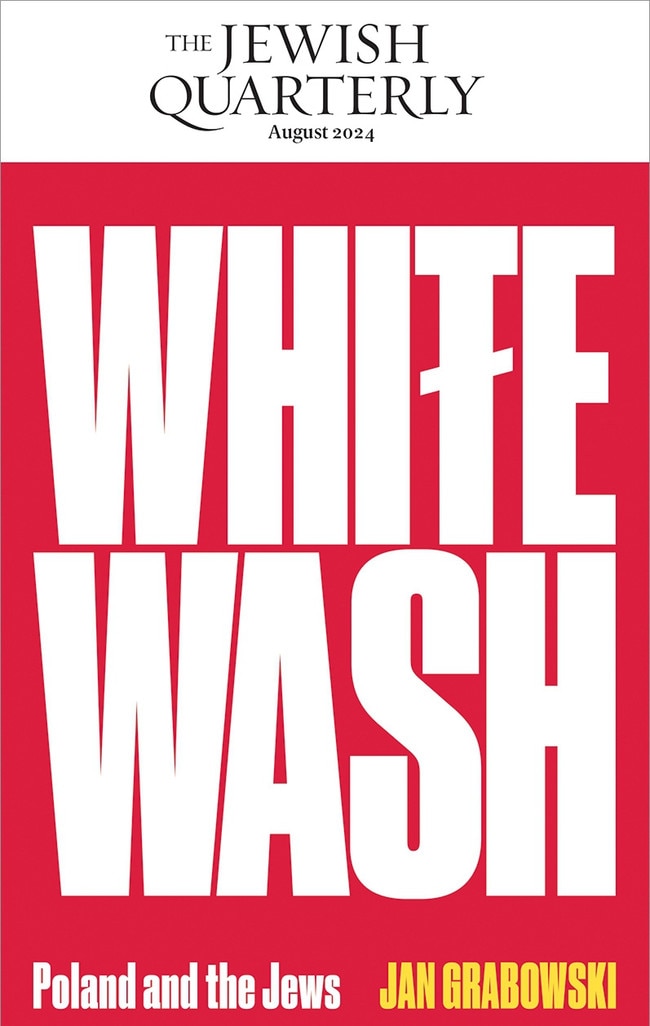
What kind of challenges would we face once the witnesses of the genocide were no longer with us? Who would tell the story; who would say “I was there, I saw it, it happened to me”? Some believed digitisation of historical records was the answer; others went looking for the last Jewish witnesses, who had not yet been heard from, and still others turned to the promises of modern technology, working on interactive two and three-dimensional displays, hoping to attract the attention of the younger generation. The main concern was the threat of a growing indifference towards an event that was more and more distant.
Today, we know that indifference to the Holocaust is no longer an issue. The true challenge, one for which most of us were unprepared, is Holocaust distortion. The interest in the history and in the commemoration of the Shoah is nowadays greater than ever. Unfortunately, more and more often this is for all the wrong reasons. Fed by a toxic mix of lies and half-truths, and fuelled by the enormous resources of the state, the memory of the Shoah is being hijacked by people and institutions wishing to transform the past into something usable, into a past that cannot only be reconciled with the tales of their own innocence but can also reinforce these myths.
Holocaust denial, built on simple lies (which could never challenge our understanding of the Shoah), has now been replaced by a much more dangerous and insidious foe.
Jan Grabowski is professor of history at the University of Ottawa (Canada). His book Hunt for the Jews: Betrayal and Murder in German-Occupied Poland was the Yad Vashem International Book Prize winner in 2014. In May this year Yad Vashem published Grabowski’s most recent book, On Duty: The Role of the Polish Blue and Criminal Police in the Holocaust. This is an edited extract from his essay in the latest issue of The Jewish Quarterly, Whitewash: Poland and the Jews, which was released on Thursday.


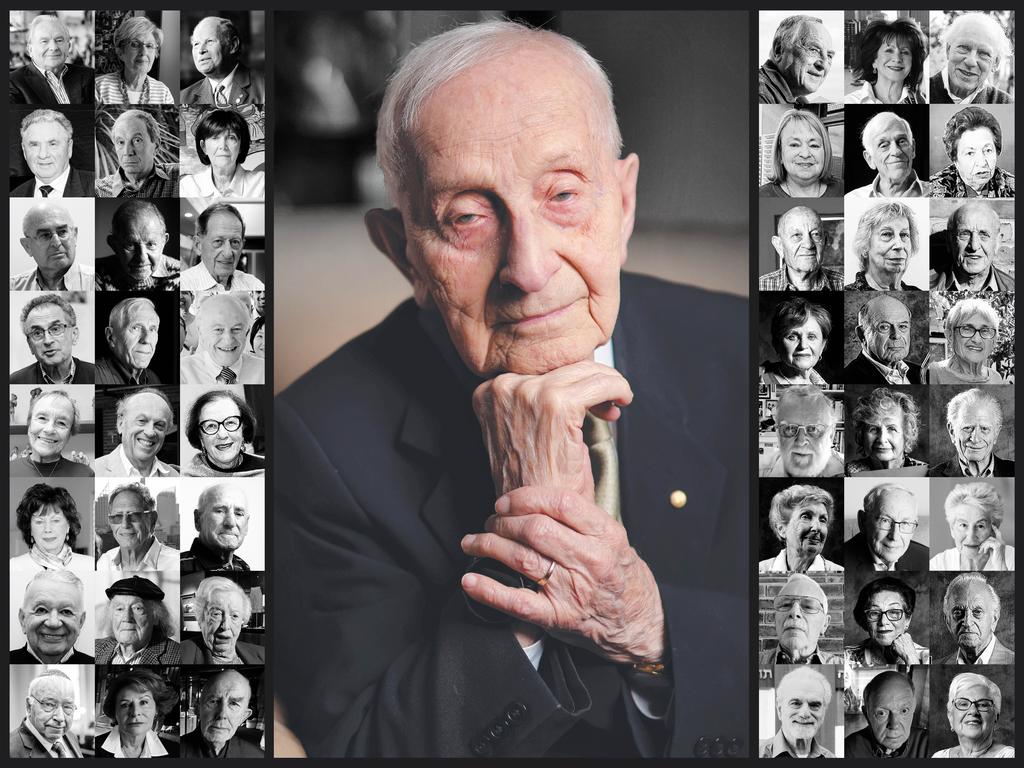
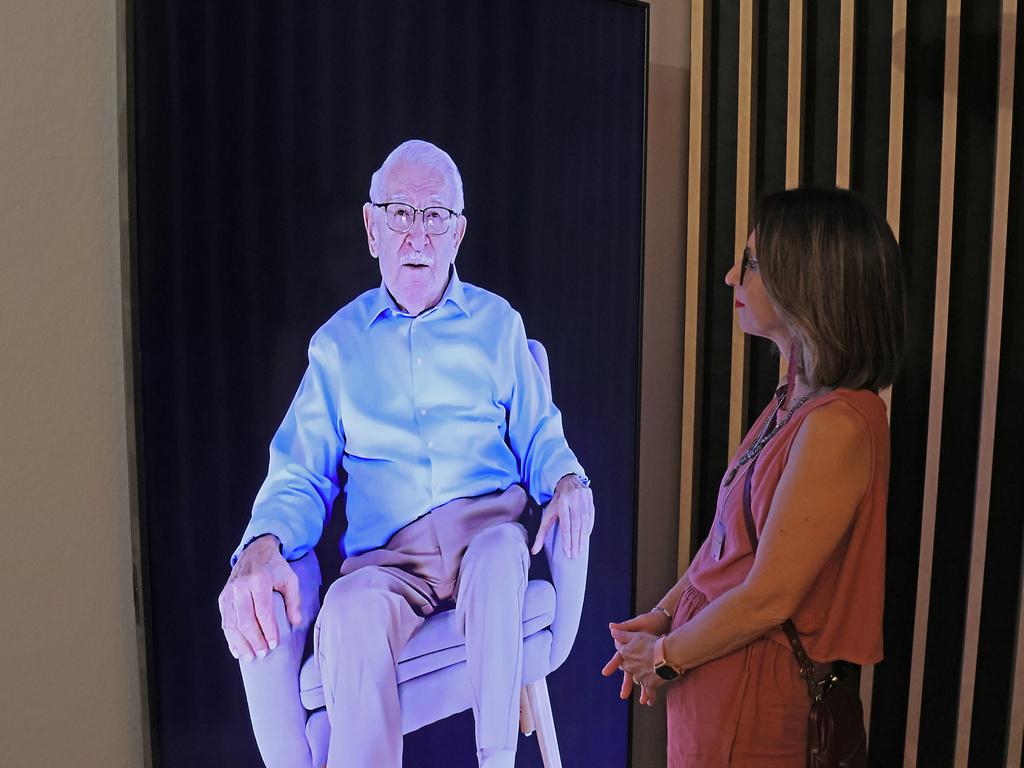

To join the conversation, please log in. Don't have an account? Register
Join the conversation, you are commenting as Logout